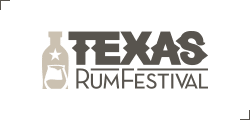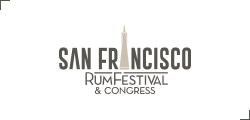Rum Brands and NFT: Minting Spirits Into Digital Assets
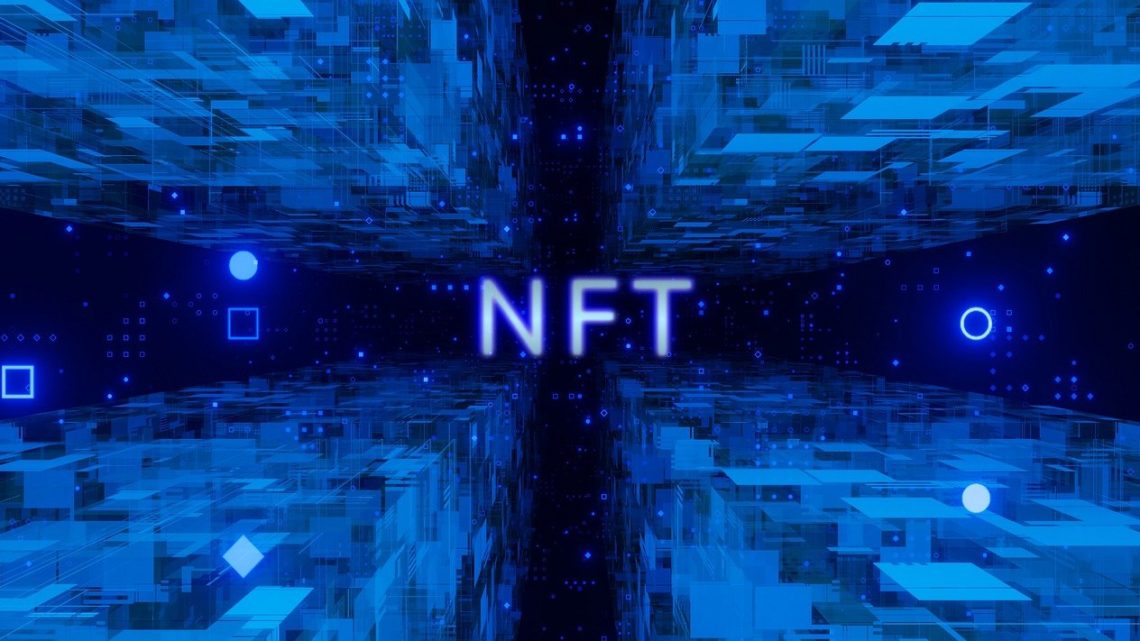
In the last few years, NFTs or non-fungible tokens have been adopted across multiple industries to expand their business internationally. The spirits market is not the exception. Through bottles and barrels, rum brands are using getting immersed in the world of digital assets. Charity donations are common components of NFT-powered campaigns, which adds a more meaningful purpose to them.
NFTs consist of digital assets that assign and prove the ownership of a unique physical or digital item, by using blockchain technology. They are therefore a certificate of authenticity that proves a particular person owns the rights of a certain digital asset.
After an auction, a digital file is created for the NFT, which signifies its status as a digital asset. Then, a link to that file is stored on a blockchain—a shared database that stores information electronically in digital format, which cannot be edited. Owners have also the opportunity to add further information or attributes related to the asset in NFT.
Unlike cryptocurrencies, a token cannot be duplicated or exchanged for another with the same price. Each one is a unique property with specific metadata that distinguishes them from each other. Based on its characteristics, each NFT has a different value. Purchases are typically made in cryptocurrency, mostly ether. This is because many of the NFT platforms are part of the Ethereum blockchain.
Marketplaces such as OpenSea, SuperRare, and Rarible can potentially mint a real-world item into an NFT. However, other marketplaces specializing in alcoholic beverages have appeared on the scene. Since 2021, BlockBar is the world’s first DTC NFT marketplace for wines and spirits.
Such specialized sites make it easier for consumers and collectors to connect with the owners of luxury wine and spirits brands. In this sense, they can invest in and trade NFTs linked to limited collection bottles or status alcoholic beverages. Buyers can resell or transfer NFTs through the BlockBar platform at any time. They can also redeem them for the physical bottles. This platform is also responsible for storing the bottle and, upon request, delivering it to the buyer.
One of the advantages of the NFTs ecosystem is the possibility to create new forms of investment. Tokenization makes buying, selling, and trading them more efficient while reducing the probability of fraud. The conversion of a physical asset into a digital one streamlines processes, removes intermediaries, simplifies transactions, and creates new potential markets.
In general, non-fungible tokens are secure. Of course, as with any speculative investment, the investor takes on a certain amount of risk. An NFT’s price may rise or fall in the marketplace, and the current owners may or may not find interested buyers at the time they choose to sell their investment.
Rum brands from over the world start minting their digital assets backed by blockchain technology, satisfying consumers’ and collectors’ desires in the alcoholic beverage industry. Their main goal is to guarantee exclusivity and authenticity while supporting meaningful initiatives.
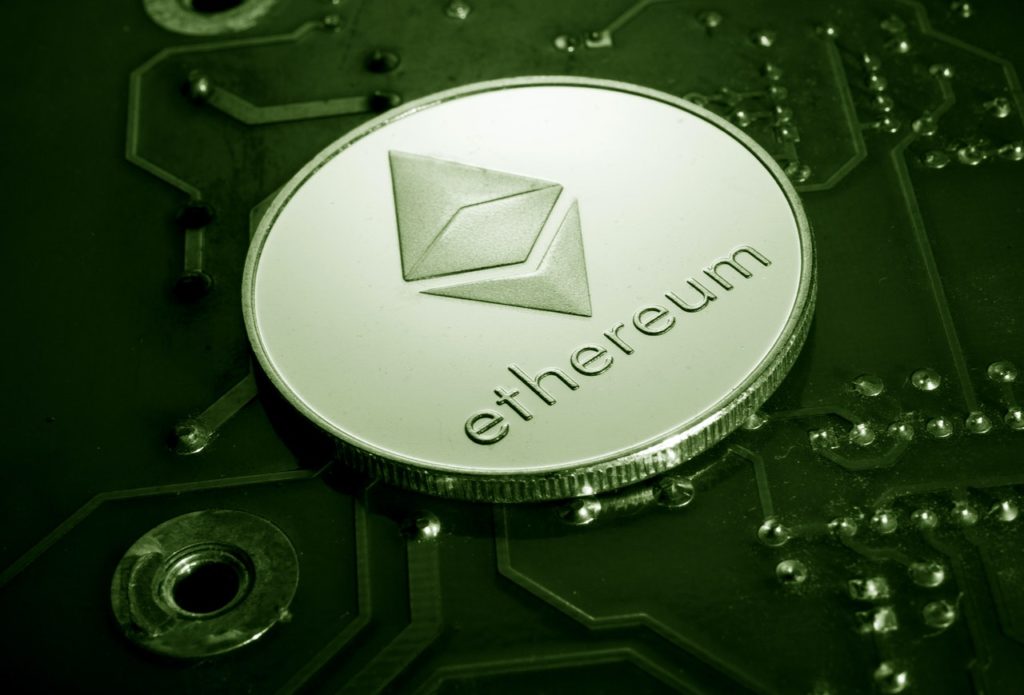
Bacardi’s 5-year Cask Finish Series
In 2021, some brands entered the non-fungible tokens world. One of them is Bacardi. In partnership with celebrity photographer Cam Kirk, the brand created its first NFT from a 5-year Cask Finish Series in September. The debut piece was inspired by the BACARDĺ Reserva Ocho Sherry Cask Finish.
The token comprised a 3D video, Kirk’s photoshoots (with digital effects and interactive motion graphics), and a virtual gift box that included Kirk’s recommendation on everything needed to enjoy the brand’s new expression. The concept behind the first NFT in a series of five—to be released annually through 2025—is to capture the exquisite process and the uniqueness of the product. It represents artistically the intersection of photography and the rum aging process.
Despite being based on the Ethereum blockchain, the process of bidding and owning the NFT does not require any crypto experience from the buyers. In addition, the digital asset was purchased via a private sale.
The exclusive one-of-a-kind piece was on sale for only two weeks, and it supported a greater cause: the Backing the B.A.R. initiative. BAR is a partnership between the NAACP and family-owned Bacardi that provides business acceleration grants, education, and entrepreneurship solutions for Black-owned establishments pursuing liquor licenses.
By pairing an NFT auction with Reserva Ocho Sherry Cask Finish, the spirits company emphasized rarity to excite consumers about its new premium rum—aged in an oak barrel for 8 to 12 years and then finished in a sherry cask for two months to add complexity to the flavor.
Bacardi plans to continue releasing more NFTs. The company has also taken advantage of the NFT ecosystem to launch a program for aspiring artists in the music industry. In October, Bacardi came up with a project dubbed Music Liberates Music NFT Mixtapes, focused on the underrepresentation of women in music production.
They aim at empowering women in the music production industry by selecting three female musicians: Bambii, Denise De’ion, and Perfxn. They would create their Caribbean-inspired tracks that would be auctioned as NFT mixtapes.
Carúpano’s Masterpieces
Ron Carúpano, one of the most distinguished rum brands in Venezuela, launched its collection of five bottles in NFT format on the OpenSea. The auction, held last August, had as the main purpose to fund the Thomas Merle Foundation located in Carúpano city where the company originates. This is a non-profit organization that works for nature conservation and environmental education in the eastern part of the country.
Venezuelan plastic artists Aureliano Parra, Armando Velutini, Gerardo Campos, Carlos Vallenilla, and Dagor were in charge of customizing this collection. Each artist worked separately on each bottle, creating unique masterpieces.
Parra created a piece made of an aluminum structure and Velutini’s work shows the brand’s journey through the years.
On the other hand, Campos paid tribute to Venezuela by representing the iconic landscapes of the country. Vallenilla embellished the bottle with various materials, including a heart silhouette at the center of the bottle. Finally, Dagor used geometric prints of bright colors.
With this project, the brand exalted the innovative and versatile character of its expressions, setting a standard in the industry. Besides, this project represents the brand’s commitment to take its creations to another level and marks a new milestone in the history of spirits.
Dictador’s Limited Edition NFT
In November, the company auctioned 10 limited edition bottles of 1976 Dictador Generations rum—one of the oldest rums in history—via BlockBar. The bottles come in a Lalique crystal decanter along with a personalized expositor’s thumbprint, as well as an album titled “How was it made?” by Hernan Parra and Marc Larminaux.
The 1976 vintage NFT allows the brand to put together an expression of rum and art as a pioneering investment. Each NFT also included a stay for two at the 5-star hotel Cartagena de Indias in Colombia, an invitation to a private dinner with the Master Blender Henan Parra, and a tasting tour to enjoy the finest spirits from the Parra family’s private distillery.
The NFT serves as a means of authentication for the owner, who can claim the physical bottle after the purchase or hold onto the NFT for future auctions on the BlockBar platform. Future sales of the NFT would effectively exchange ownership for the physical bottle. To date, Dictador has earned hundreds of thousands of dollars from selling bottles of vintage liquor as NFTs.
In December, the brand launched another project called “Dictador Orlinski 5 Decades.” It celebrates its legacy by encasing five annual vintages in sculptural bottles that correspond to decades of the French Pop Sculptor Richard Orlinski’s work. Rums from 1966, 1976, 1986, 1996, and 2006 are bottled in vibrant geometric gorilla designs. By doing this, Dictador offered rum lovers and art collectors sculptural bottles and intrinsic artistic value.
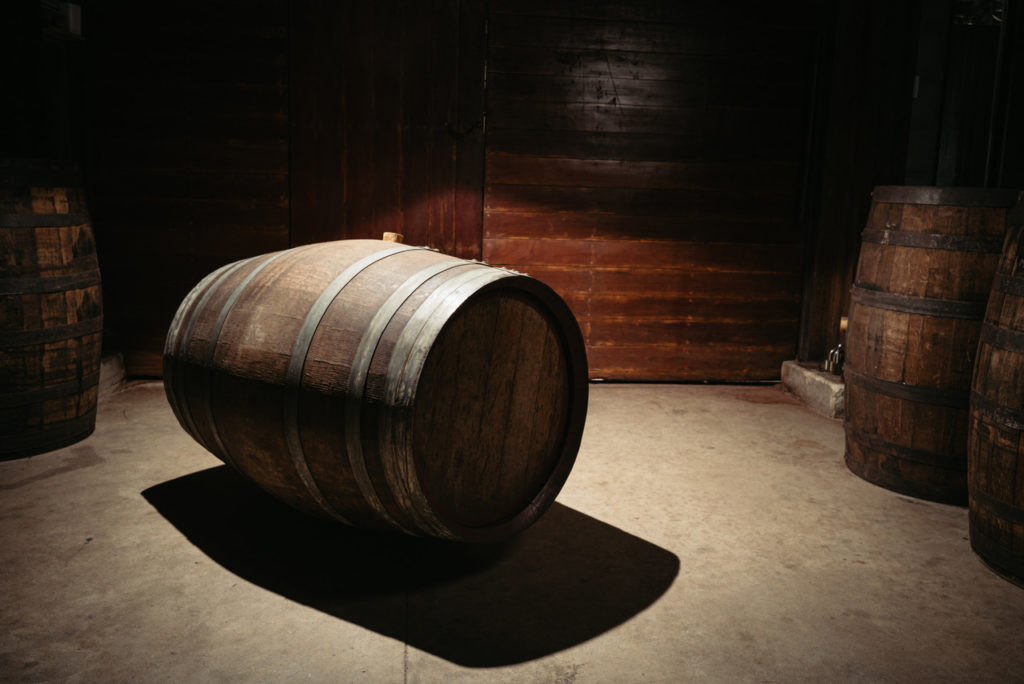
Founder’s Reserve: Samai Rum Oak Barrels
In the same way, the Cambodian brand Samai launched “Founder’s Reserve: Samai Rum Oak Barrels.” The program consists of 12 NFTs on OpenSea linked to real-life Samai Rum barrels, among which are: ex-bourbon, French oak, American oak, Pedro Ximenez Sherry, and Oloroso Sherry. They contain spirits of the brand’s exclusive reserve from 2018, 2019, and 2020.
Samai’s NFTs are based on the standards of the Ethereum blockchain. The prices vary depending on the type of barrel; no barrel and no rum are equal. Furthermore, as rum matures as time passes by, its intrinsic value increases day by day, and each one will obtain a different personality. After the purchase, the owner receives a certificate of authentication that confirms that they have the rights to the digital asset.
While non-fungible tokens mature as a marketing strategy, rum brands increasingly embrace them as tools to develop campaigns with a trendy digital offering. Yet, most of the time, the auction is used to sell off NFTs attached to a greater purpose, like fundraising or charity.
Since 2021, the NFT marketplaces have experienced record sales. Many brands hope to continue evolving their digital strategy, so that consumers can engage in their innovative projects and enjoy full access to unique products and exclusive content.






